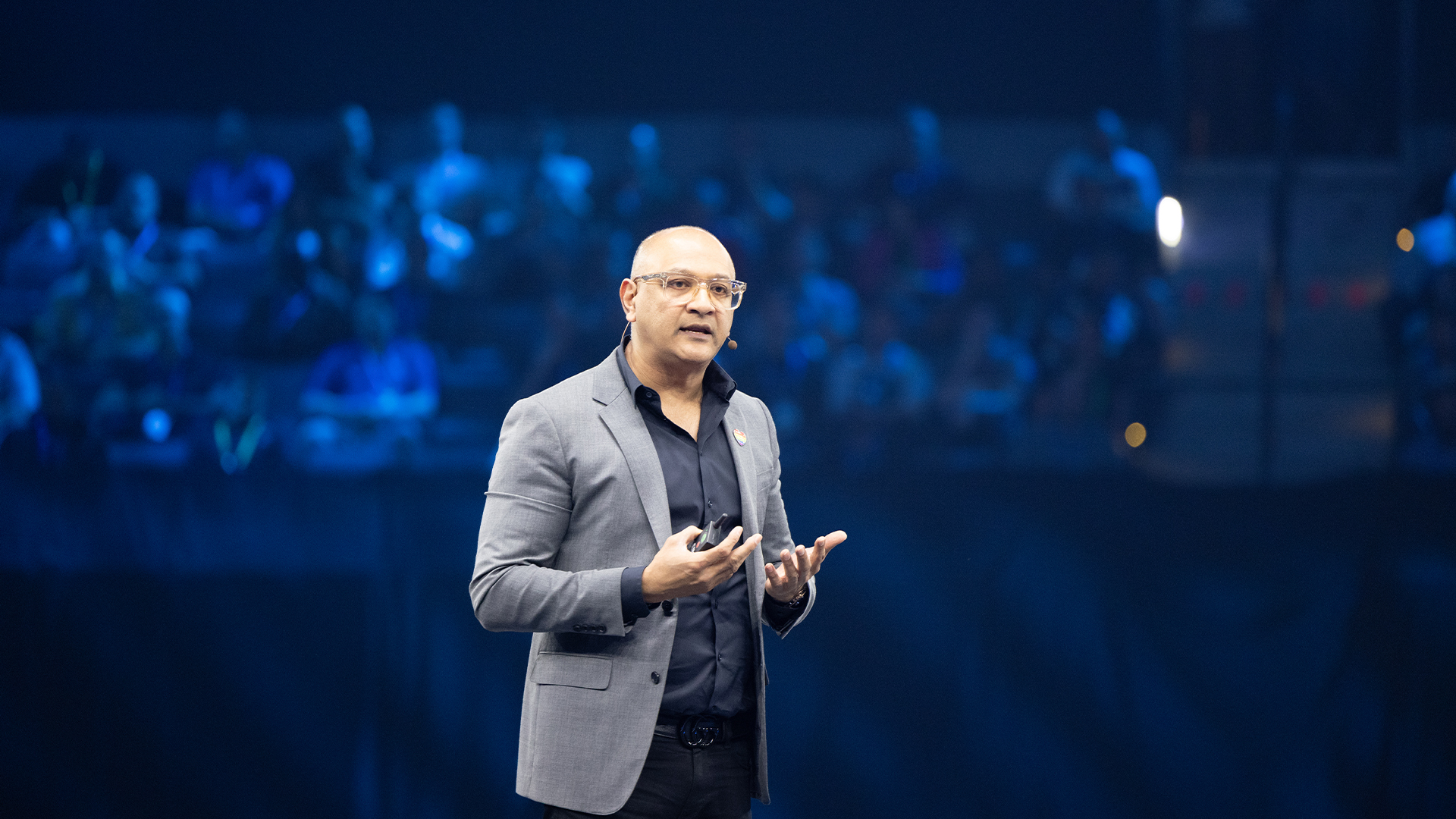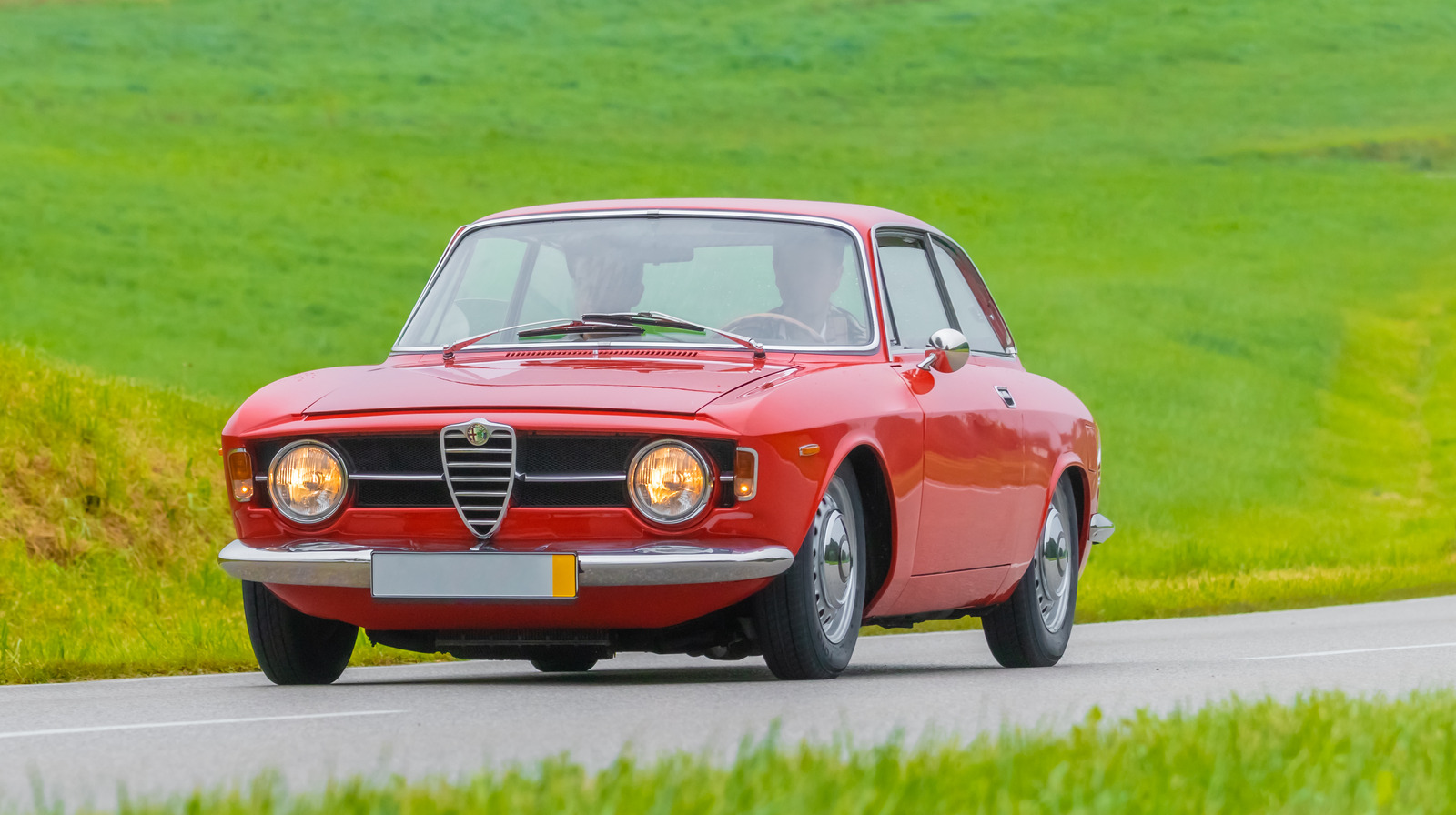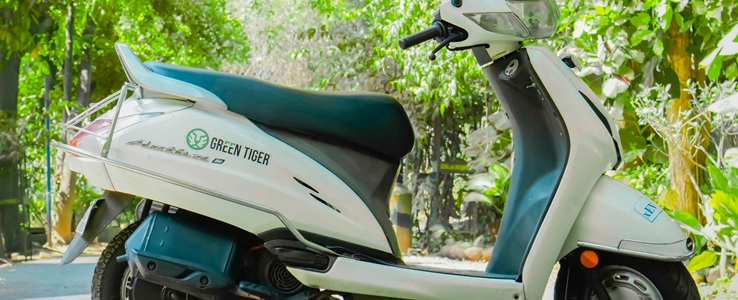An artist rendition of the future Rowen community. As Earth Day week draws to a close, I am reminded that proper stewardship of our home planet will require an “All Hands On Deck” approach. Business and development sectors are not exempt.
The Rowen Foundation is moving ahead with a 2,000-acre living laboratory while advancing a hub for innovation, research, and community. Heralded as “Georgia’s version of the North Carolina Research Triangle Park,” Rowen believes its people-centric knowledge community will be a model for sustainable development, shape policy, and spur economic prosperity. Rowen’s Climate-Conscious Approach In a discussion with Rowen Foundation President/CEO Mason Ailstock and colleagues, they told me, “As a next-generation community, Rowen is proactively addressing climate resilience through innovative land-use strategies and infrastructure investments, creating a platform for vertical development with the ability to track environmental changes over a sustained period (multiple decades).

” The key innovation, from my lens, is sustainability and environmental stewardship are baked in from Day 1 rather than an afterthought or secondary process through retrofitting. Rowen is set to be a key business, research, and innovation hub in Georgia. Data and Collaboration As a part of its core planning and mandate, Rowen sees the 2,000-acre development as a living laboratory and has partnered with the University of Georgia, Georgia Tech, Emory University and Georgia Gwinnett.
The region has a rich pool of smart talent and ideation. Rowen , in collaboration with researchers is tracking environmentally, culturally, and historically sensitive areas. Rowen leaders said, “Researchers also identified ideal developable areas that have historically been a monoculture where we can integrate a greater diversity of landscaping and habitat through the development process.
...
This preemptive approach not only protects biodiversity but also helps mitigate risks like flooding and habitat loss.” The Rowen community is being developed with sustainability as a core value. Innovation Is Core Value Rowen recently completed a $32 million “complete streets” infrastructure investment to enable resiliency to climate change and it has implemented several innovative features to move past car-centric design typical of many developments.
These include: Biofiltration & Permeability: Traditional curb-and-gutter systems were replaced with biofiltration methods, allowing for natural water absorption and storage. This change alone reduced impervious surfaces by over 125,000 square feet, significantly decreasing runoff and improving stormwater management. Smarter Street Design: By utilizing narrower lanes and reducing excessive concrete usage, Rowen minimizes urban heat island effects while lowering embodied carbon in construction materials.
Flexible Architecture & Land Use: The site is designed to evolve over time, accommodating new building materials and technologies that enhance energy efficiency and disaster resilience. The previous owners of the site had already mitigated invasive species that produced potential fuel load, and controlled burns have been employed to further reduce large wildfire risks while preserving a healthy ecosystem. 2024 weather and climate disasters that exceed $1 billion in damages/cost.
Impact and Policy Rowen is in the early phases of development, which creates the perfect opportunity for researchers from partner universities and organizations to establish baseline conditions on air and water quality, climate conditions, carbon sequestration, and land use. This longitudinal approach will help Rowen understand its environmental footprint over time and inform other developers seeking best practices for climate resilience. There is no Planet B, so sustainability and resiliency are increasingly necessary.
Yes, climate and other systems change naturally, but the human “footprint” and associated stressors are significant. The dinosaurs did not have paved roads, combustible engines, manicured lawns, or HVAC systems. Rowen has recognized the business case for sustainable development.
Ailstock told me, “Sustainable infrastructure investments often lead to long-term cost savings by reducing the need for expensive flood mitigation, fire suppression, and emergency response efforts...
. Most importantly, it provides some level of protection for its tenants, who will be making multi-million dollar investments in Georgia.” They make a point.
Irrespective of what you believe, the Southeast faces increasingly intense or frequent threats from extreme events like Hurricane Helene, flooding, heatwaves, and wildfires. I have long argued that “if, hope, or let’s wait and see” are no longer viable planning strategies today. We have enough scientific understanding, data, and common sense to make proactive, resilient decisions.
Rowen seeks to be a pacesetter in shifting how communities are designed, built, and managed in the face of changing climate, extreme weather, and global real estate risk mitigation for key industries. The Southeast is particularly vulnerable to weather and climate disasters..
Technology

Rowen Foundation Sees A Pathway To Sustainable Development

Rowen Foundation is developing a research and innovation hub in Georgia with sustainability as a core value from inception.















